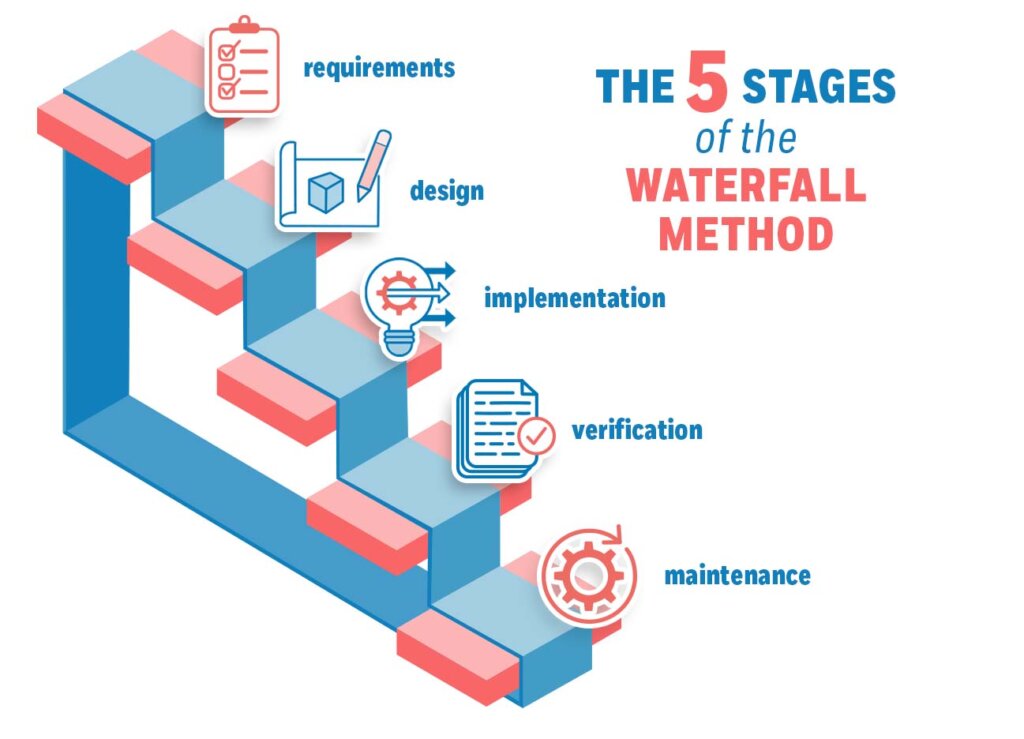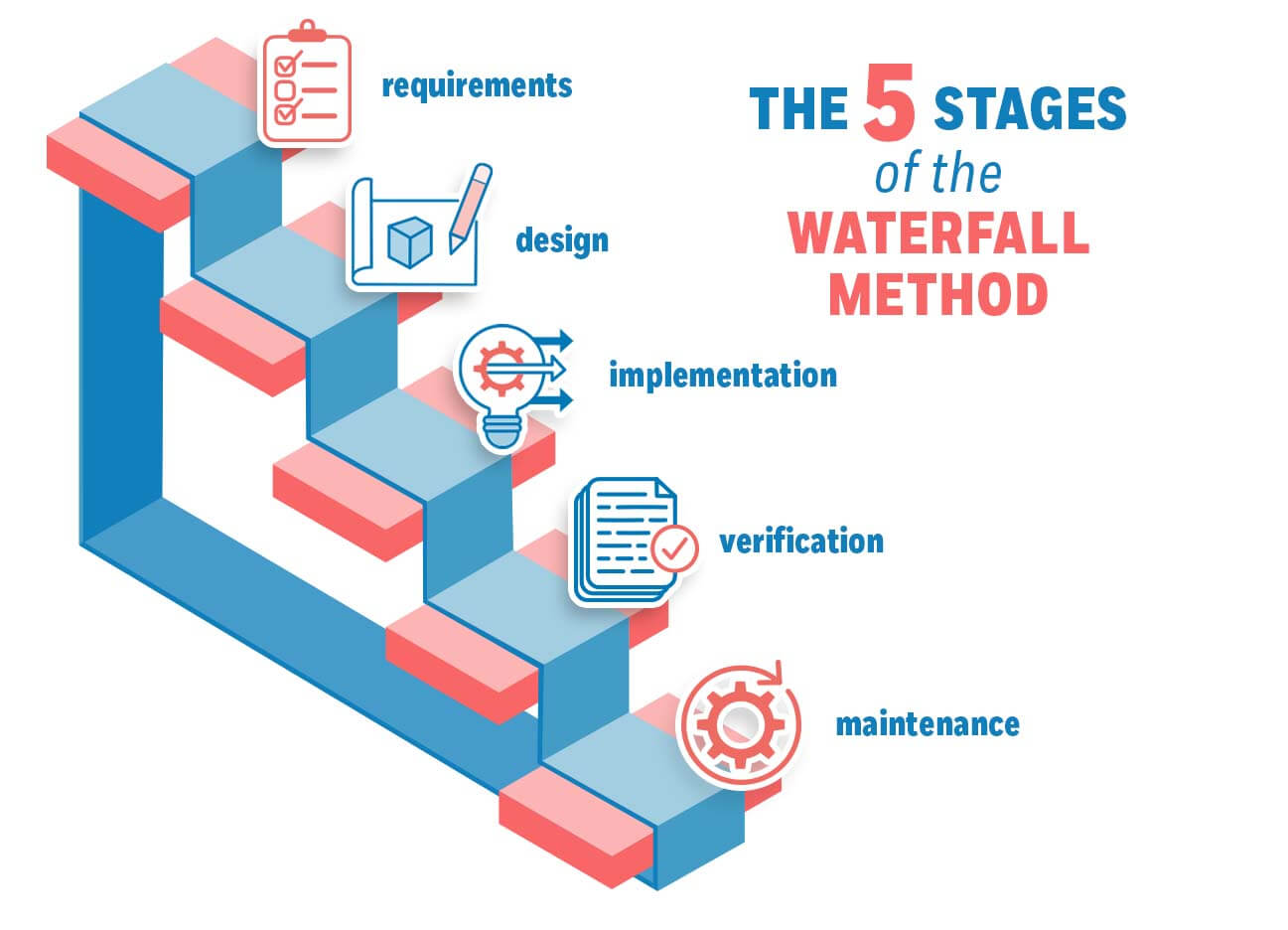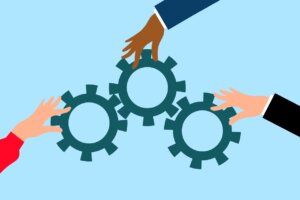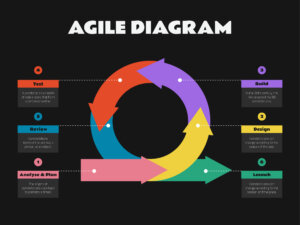If you’re discovering potential project management methodologies for a new project, you might’ve come across a lot of project management jargon. If you aren’t already familiar with them, terms like the waterfall, scrum, agile, lean, and kanban methodologies aren’t immediately digestible.
This guide is all about explaining one of these terms: the waterfall methodology, also known as the waterfall model. If you’re interested in learning more about this project management method, and whether it suits your project goals or not, you’re at the right place.
Summary
The waterfall project management methodology lets you plan out your project in a linear manner where each subsequent phase initiates after the last one ends. It’s one of the most straightforward ways to manage a project and is a good choice if you already have clearly outlined objectives.
Try The best PM software for waterfall methodology
Best Project Management Software for Waterfall Methodology
Historical Overview of the Waterfall Methodology
The waterfall methodology is the oldest project management procedure out there. Construction and manufacturing firms have traditionally used similar management methods albeit it was not formally recognized until Dr. Winston Royce introduced the idea.
He developed the waterfall management approach in 1970 to manage the development of large software. Though the term ‘waterfall’ still wasn’t linked to it, it was Dr. Royce’s design that later came to be known as the waterfall model.
The step-by-step approach helped it gain support from managers quickly, making it the most widely used management methodology. Since then, waterfall project management has been a popular choice, especially for software development projects and other relatively sequential fields of work.
The waterfall model is named so because it mimics a waterfall in its trajectory. Just like water flows down in one direction, your operations will flow from one step to the next. The flowing water cannot take a u-turn and flow back to a point it has already passed from. Similarly, this management method doesn’t allow you to return to previous phases. The only way to do so is to start over from the beginning.
Principles of the Waterfall Methodology

Every management process follows a set of principles. If you’re confused about whether or not the waterfall model suits your operations, we recommend you review the principles it follows. The right project management model should follow the same principles as you want for your project.
Here are the three basic principles the waterfall project management methodology goes by.
- Sequential structure: The waterfall model divides your operations into sequential phases. You can only move to the next stage in your project once the current one is complete. This also means there’s no space for changing course or revisiting a phase after its completion. The only way to go back is to start all over again.
- Minimal customer involvement: A waterfall project involves minimal customer interaction. This is primarily due to the fact that operations only start after the customer’s requirements and objectives are clearly defined. The first meeting takes place before operations begin and the next when the project is in its final stages.
- Robust documentation: This methodology also involves in-detail documentation of all requirements, the development process, and the final outcome. This includes everything from the timeline to the precise route you will take to solve the client’s problems. Since there’s minimal to no customer communication during the development process, every essential detail needs to be documented upfront.
If these principles are in-line with the project you’re planning, the waterfall model is indeed a suitable option. Let’s dive deeper to discover the different phases involved in the waterfall system development cycle.
5 Stages of the Waterfall Model – Software Development Cycle
Waterfall usually breaks down a project into five to seven distinct phases. The stages, also known as the waterfall software development cycle for software development projects, are strictly chronological. Each phase has a fixed timeline, requirements, and objectives.
Although most waterfall systems have five project management stages, more complicated plans have more stages in their development process. Here is what a typical waterfall model looks like:

Here’s an in-depth look at each of these phases and what each one entails. Oftentimes, a single phase can involve multiple subsections, but everything is part of the plan taking on one task at a time.
Stage 1: Documenting Requirements
The waterfall model calls for extensive documentation upfront. In the first stage, you gather information from clients or end-users regarding their requirements and the results they expect from the software or product.
This is a planning phase and is the last one where you can communicate with clients before work starts on the project. You want to document as much information as you can to make sure you take off in the right direction and have everything mapped out.
The requirements phase is crucial since it lays the foundation for the next phases. This is also why a lot of time is allocated to gathering requirements. By the end of stage one, you should be able to describe each of the upcoming phases in detail. This includes timelines, costs, risks, assumptions, and dependencies of the project.
Stage 2: Design
The second stage, also known as the analysis stage, is when you review the requirements and develop a design to meet them. Here, your team identifies the path it will take to deliver a solution and the relevant specifications.
The second stage is often divided into two parts: the logical design and the physical design stage. In logical or high-level design subphase, you will come up with all theoretical solutions that have the potential to meet the client’s objectives.
Physical design, also known as the low-level design, entails more concrete specifications. This is where you specify the hardware, software, architecture, data sources, and services you will be employing during the project. Note that no on-ground work or coding takes place in this stage.
Stage 3: Implementation
This is where the action starts. The implementation phase is where the construction or coding, in the case of software development projects, happens. But this might be the shortest stage of all since the entire design is already in place. Your team will follow the documentation from the first two phases to flesh out the actual deliverable.
More complex projects break down large software into smaller programs. Teams employ unit testing where they build and test one unit at a time which is later merged together for the final product.
Stage 4: Verification
After the implementation phase is complete, the testing or verification stage is where you make sure all requirements are met and whether the product needs debugging. Here, the quality assurance team thoroughly scans the deliverable before it reaches the client.
In case they find major faults or the requirements are not met, the project goes back to stage one. However, a forced repeat of the design phase takes care of minor bugs.
You can also utilize a UAT (user acceptance test) for clients or end-users to check for faults and user experience. In case the product passes testing and verification, we move on in the waterfall.
Stage 5: Maintenance
The maintenance stage starts after you release the product and users start using it. You can only identify some issues once the client brings the deliverable to practical use. In case a bug or faulty feature arises, your maintenance team can take care of it. This stage ends when the client is fully satisfied or continues in case they need frequent updates.
When to Use Waterfall Methodology
The extensive documentation and painstaking planning in the initial stages are two of the best features of the waterfall model. They make sure your time and money are invested right. However, its inflexibility gives you limited space to revise your plans.
Different projects have different circumstances and requirements. Let’s take a look at some instances where a waterfall system would make a great choice.
- Project has clearly defined requirements: If you’re clear about the ultimate objective you want to achieve with a project, go for waterfall management. However, if you or your clients are not sure about the end goal, have ambiguous requirements, and may change course, go for agile project management.
- Project has firmly set tasks and deadlines: The waterfall model is highly structured by nature. It’s best for projects in the construction or manufacturing industry where you need to maintain deadlines. This is a rigid management methodology for rigid businesses where meeting deadlines is a must.
- You have time for planning: A considerable amount of time is spent in the first two stages when you use waterfall management. You can go for waterfall if you have ample time to spend on gathering requirements and planning. But if you’re short on time and need to start right away, an agile methodology is a better option.
Pros and Cons of Waterfall Methodologies
Every project development methodology has its pros and cons. Similarly, the waterfall method has its own which makes it suitable for some projects and unsuitable for others.
Its straightforward approach and the robust documentation involved are two of the best things about it. On the other hand, the inability to adapt to change is its greatest weakness.
Advantages of the Waterfall Method
- In-depth analysis and design phases make sure the implementation follows the correct route. This helps your team take all the right steps and finish the implementation phase quickly.
- The waterfall method gives an accurate estimate of the total cost and time required for a project.
- It’s easier to evaluate progress since the model has a highly structured approach and defined milestones.
- This methodology lets you create repeatable processes. This means new team members can easily get familiarized with the project as everything they need to know is already documented.
- Limited customer involvement means customers aren’t adding new suggestions or requirements. This helps you avoid delays and reach completion according to the set timeline.
Disadvantages of the Waterfall Method
- The waterfall management model assumes all requirements can be enlisted at once, but this is not always the case. This incurs higher costs if a client requests an additional requirement midway through the development process.
- Since requirements and design planning take up a lot of time, projects can take longer to reach completion.
- Limited communication with the clients during design and implementation.
- If one stage gets delayed, all subsequent stages are delayed.
- Doesn’t allow processes to overlap, hence reducing efficiency.
- A working deliverable isn’t available until the final stages.
Frequently Asked Questions (FAQs) on Waterfall Methodology
Final Thoughts on Waterfall Methodologies
The waterfall methodology is simple, sequential, and easy to apply. It’s most commonly used for software development and construction projects where you need to finalize one phase before you move to the next.
That said, this project management method lacks flexibility and involves high risk when it comes to complicated projects. It’s a suitable option only if you’re working on a shorter project with clearly defined requirements, and enough time for planning. If you think the waterfall isn’t for you, feel free to discover other project management methodologies to get off on the right foot.
 Sections of this topic
Sections of this topic












